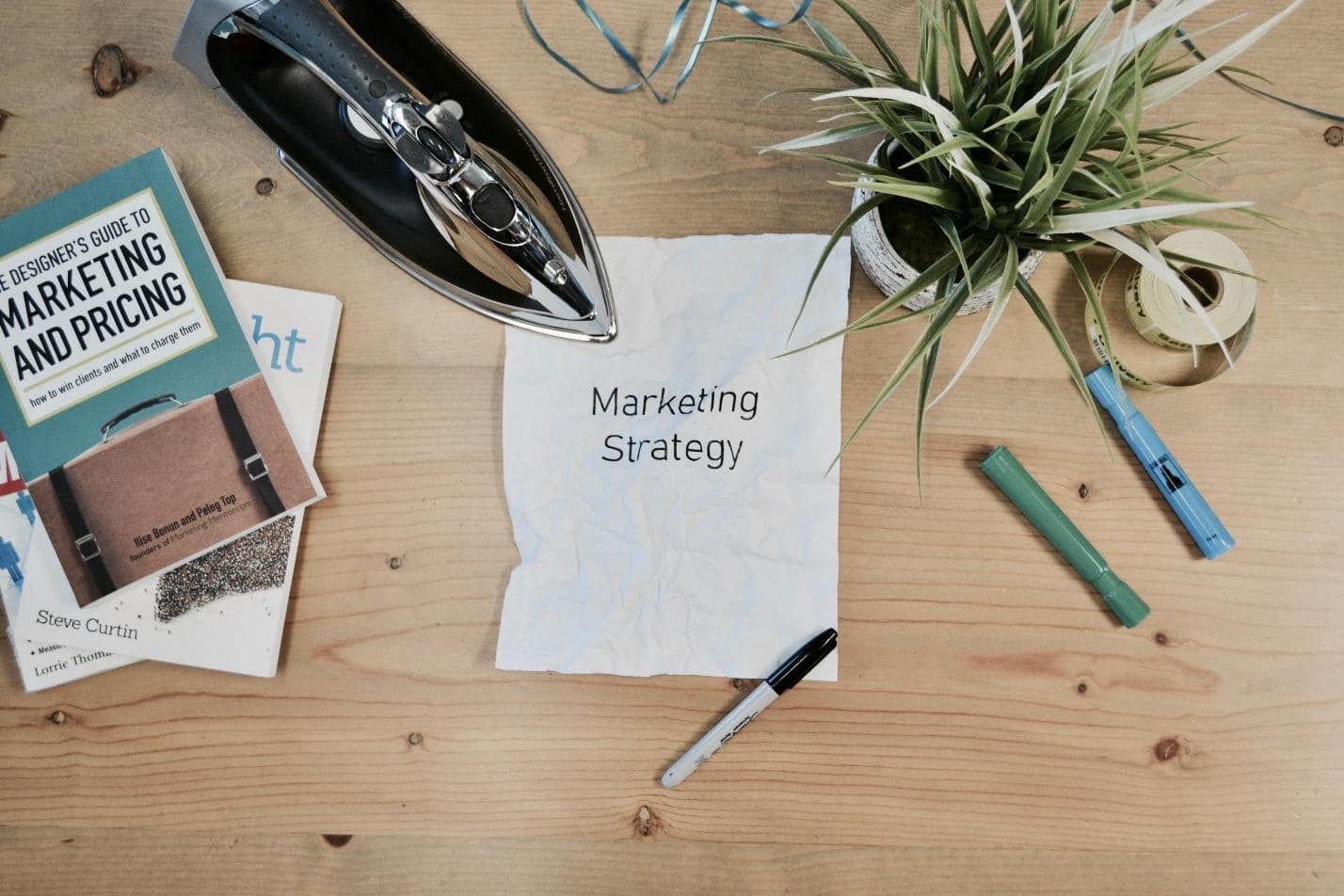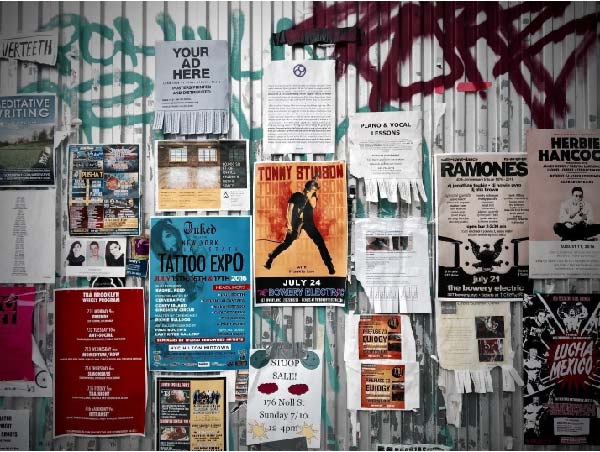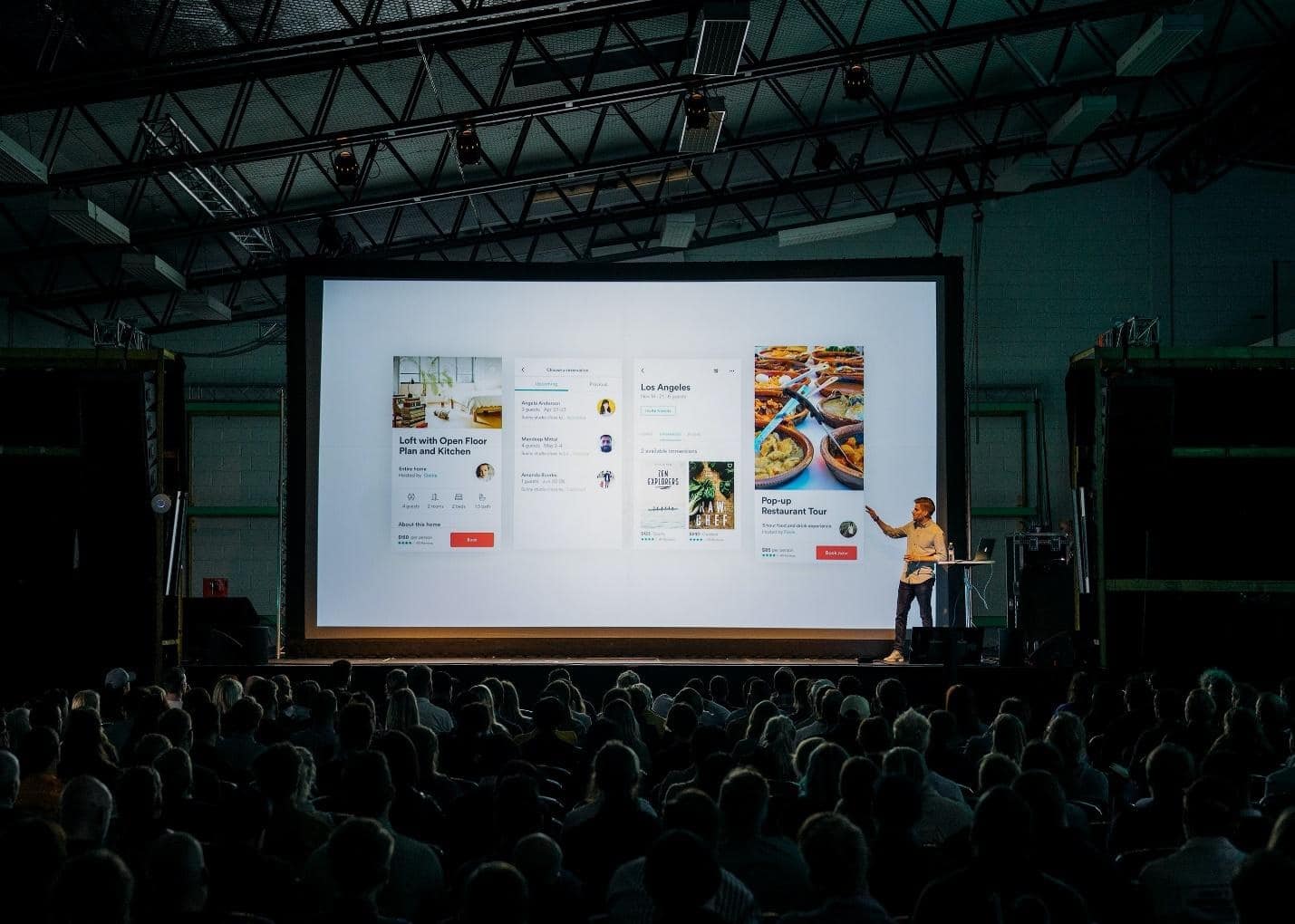8 Types of Traditional Marketing Methods to Implement
Updated on 20th June, 2024
Digital marketing is on a growth spree, but does that mean traditional marketing is dead? Not by a long shot.
Marketers have more options they can cope with. However, sometimes, returning to basics can form the basis of an effective marketing strategy.
Some traditional marketing strategies are indeed dead though or need a particular setup. Marketers that hope to invest in traditional marketing should consider high ROI tactics that can produce good ROI that are within reach.
Think about TV ads for instance. The average ROI on TV ads is roughly between 300 and 500 percent. They’re great for companies with a giant bank balance, but small owners most likely won’t have the budget to run TV ads.
Traditional Marketing vs Digital Marketing: Room for Cohabitation
While digital marketing boasts advantages like wide access, hyper-personalized targeting, and greater control over campaigns, traditional marketing retains its unique benefits, particularly in the B2C sector. Traditional marketing campaigns, such as print ads, billboards, and TV commercials, have a broad reach and often garner more trust, especially among older demographics. These campaigns are also less likely to be avoided by audiences who use ad blockers, ensuring that the message reaches them.
Despite the undeniable power of digital campaigns, the real potential lies in leveraging both traditional and digital marketing strategies side by side, rather than choosing one over the other. This integrated approach can amplify the overall impact of marketing efforts. For instance, a well-placed newspaper ad featuring a QR code can seamlessly bridge the gap between offline and online worlds, directing potential customers to your website. This synergy exemplifies the perfect combination of traditional and digital marketing tactics, enhancing reach and engagement.
However, to truly capitalize on the cohabitation of these marketing strategies, proper attribution setups are essential. Understanding the customer journey and accurately tracking how traditional campaigns drive leads to your digital platforms is crucial. Tools like Salespanel, Hubspot, and Adobe Analytics offer comprehensive solutions to track and analyze these interactions. These tools enable marketers to gain insights into the effectiveness of their campaigns, optimize their strategies, and ultimately, achieve better results. By integrating traditional and digital marketing efforts with robust attribution systems, businesses can create a cohesive and powerful marketing strategy that maximizes reach, trust, and conversion.
8 Traditional Marketing Tactics
There are several traditional marketing methods that a modern marketer can choose. However, not all traditional marketing methods are relevant for small and medium businesses, or within their budget.
This article discusses the types of traditional marketing methods that small and medium businesses can use as part of their marketing strategy.
1. Poster ads
Posters are one of the oldest ways of marketing for businesses. However, physical ads are still better for brand recall than digital ads as per a study by USPS and Template University.
Back in the day, marketers couldn’t create fancy designs on laptops; it was just ink and machines that printed posters. But we’ve got some tech to sprinkle onto this very old marketing tactic in the modern world. Essentially, it’s an old marketing tactic combined with tech to create beautiful posters.
Underestimating the potential of posters is a mistake. Marketers can use posters to elicit emotional reactions at a scale at a much lower cost.
Do the math. Instead of paying for ads per click or per view, poster ads stick around for a long time without any cap on views. The cost is far lower, especially when partnering with an online poster printing service, and the reach can potentially be a lot higher as well.
The ROI still largely depends on how intelligently the campaign was designed and executed. However, they can still be just as effective as digital ads.
2. Make attractive presentations
Presentations are a form of indirect marketing, especially relevant for B2B marketers. They have been around for a long, but people still slack when creating presentations.
Applying transitions and adding backgrounds is a pain, right? Well, guess what? They can be critical for a good first impression.
When marketers present their products to decision-makers, they’ll focus on the benefits of the product more than anything else. However, a poorly created presentation can reflect poorly on the marketing team.
The last thing marketers want is to appear lazy, and presentations created in a rush can do just that. These days, it’s easy and affordable to make a presentation with tools like Pitch’s awesome presentation maker. There’s no good reason to slack on creating top-notch presentations.
Make presentations attractive and easy to skim through. Sure, it’s not the client’s focus, but it can surely save you from a bad rep in case things don’t go well this time around and you want a second meeting in the future.
3. Event marketing
Save this tactic for the post-pandemic strategies, but don’t forget about it. Event marketing is face-to-face marketing on steroids. It gives marketers the opportunity to meet people in the relevant industry in bulk and showcase their product live. What’s better than that?
Marketers have been setting up booths at industry and other events and are also holding events themselves to gain visibility among the potential clientele.
Consistently marketing at events can bring substantial benefits to the brand. As people start to recognize you, your network will begin to grow, and you’ll start reaping the benefits of referrals too.
4. Cold calls
Marketing doesn’t get much more primitive than cold calls. It’s a strategy that makes some markers cringe. It’s intrusive, it makes some people mad, but most importantly, it’s effective.
However, marketers are in a better position to sell than they were three decades ago. The key to succeeding at cold calls is converting them into warm calls, at least to the extent possible. This is particularly important for higher-value products.
The cold calling list shouldn’t just have a person’s name and number. It should also have a person’s occupation, their region, and their competitors (if it’s a B2B arrangement). Marketers now have the option to personalize cold calls and make them more effective, making it an excellent traditional marketing tactic.
5. Direct mail
There’s a fairly good chance that a marketer who is still in the earlier years of their career hasn’t ever used direct mail. But is direct mail gone for good? Not quite.
Pebble Post conducted a study and found that customers are more likely to consider items received in direct mail (like newsletters and postcards) when they’re closer to buying. It also reveals that customers prefer receiving promotional offers the most through direct business email.
Direct mail isn’t just for the elderly either. Are millennials your target audience? Direct mail may be good news. A USPS study reveals that there’s a higher probability of millennials taking action to marketing collateral received via direct mail than Gen X or Baby Boomers.
The key to maximizing the ROI on direct mail is sending it to only those who have interacted with your brand at least once. People who already love your brand will not only love but even appreciate you sending them promotional offers and postcards every once in a while.
6. Billboards
Billboards are a traditional marketing tactic that has managed to stick around all these years. They still stand tall by giant roads with plenty of lighting just like they used to in the 80s. So, why have they stood the test of time?
Well, it’s rather difficult to calculate the ROI on a billboard in most cases. They’re not a direct response marketing tactic and focused on more creating brand awareness. It doesn’t bring in any revenue right away; billboards are more about the long-term game than short-term sales.
That said, billboards need no vouching. They’re just as effective as they used to be in earning brand recognition at a national level. However, brands can still get creative with them. People see dozens of billboards every day, so you’ll need to give them a reason to remember yours.
How?
Well, start with letting your creative juices flow. Don’t write an essay on your billboard. Use imagery as far as possible, and get creative with it and whenever possible, use bright colors. There’s no one-size fits all formula for billboard designs, so being creative and unique is key.
7. Broadcasting
With Netflix and similar platforms gaining traction, there’s less demand for TV and radio. However, they’re far from obsolete just yet. Broadcasting has been an important part of marketing strategies for decades, and it continues to be so even today.
The reason is that it reaches a massive audience, and more importantly, has a relatively bigger barrier to entry. Think about it. Most small businesses can’t afford to invest in a TV ad, can they?
That, of course, also means that TV ads are expensive. Radio ads are less expensive, but they’re still more expensive than most other forms of traditional marketing.
Broadcasting channels are the perfect way to announce offers and earn the added benefit of brand awareness. People can ignore a poster ad, but when they’re driving with the radio on, and your ad plays, most people will listen, at least subconsciously.
8. Salespeople
Nothing beats face-to-face interactions where a salesperson can look at a potential customer’s reactions.
Sales is a psychological gameplay as much as it is about understanding a customer’s needs more closely. Plus, people can easily hang up their phones, but they’re far less likely to shut the door in a salesperson’s face.
Sure, salespeople are an intrusive tactic, but it has worked for years and continues to produce results to date. However, they’re still relatively expensive compared to other traditional marketing tactics because there’s ample demand for people that can sell well.
Find the Sweet Spot
Instead of going all-in on digital marketing, focus on finding the sweet spot between traditional and digital marketing strategies. It shouldn’t be that difficult given that most traditional marketing strategies don’t cost a fortune.
It may take some experimentation to see what works and what doesn’t, but over time, you’ll find tactics that offer the best ROI. You’ll also end up diversifying your marketing mix and reaching your audience through multiple marketing channels.
Diversifying marketing spend isn’t just ROI-friendly, but it’s also great for reaching a diverse demographic. For instance, a lot of elderly people don’t scroll through their Instagram feed all day. Guess how you can advertise to them? Posters, billboards, and radio.
As digital marketing continues to gain traction, traditional marketing strategies will be used as a more interactive way of marketing a product. That’s how you should look at the future of traditional marketing for your business.
Sell more, understand your customers’ journey for free!
Sales and Marketing teams spend millions of dollars to bring visitors to your website. But do you track your customer’s journey? Do you know who buys and why?
Around 8% of your website traffic will sign up on your lead forms. What happens to the other 92% of your traffic? Can you identify your visiting accounts? Can you engage and retarget your qualified visitors even if they are not identified?








